Omnichannel Retail & Smart POS: Creating a Seamless Customer Experience
The retail landscape has evolved dramatically in recent years. Customers no longer shop in just one way—they browse online, compare prices on mobile apps, visit physical stores, and expect a consistent experience across all channels. This shift has given rise to omnichannel retail, where businesses integrate online and offline sales into a unified shopping journey.
A critical enabler of this seamless experience is Smart Point-of-Sale (POS) systems. Unlike traditional cash registers, Smart POS solutions connect sales, inventory, and customer data across all touchpoints, empowering retailers to deliver personalized, frictionless service.
In this blog, we’ll explore how omnichannel retail and Smart POS work together to enhance customer experience, boost sales, and streamline operations.
1. What is Omnichannel Retail?
Omnichannel retail goes beyond simply having an online store and a physical location. It’s about creating a fully integrated shopping experience, where customers can:
-
Browse online, buy in-store (BOPIS – Buy Online, Pick Up In-Store)
-
Check in-store inventory in real time via mobile app
-
Return online purchases at a physical store
-
Receive personalized recommendations based on past purchases
Unlike multichannel retail (where each channel operates independently), omnichannel ensures that all platforms work together seamlessly.
Why Does Omnichannel Matter?
-
73% of shoppers use multiple channels before making a purchase (Harvard Business Review).
-
Companies with strong omnichannel strategies retain 89% of customers, compared to 33% for weaker strategies (Aberdeen Group).
-
Personalized experiences increase conversion rates by 10-15% (McKinsey).
2. The Role of Smart POS in Omnichannel Retail
A Smart POS system is the backbone of omnichannel retail. Unlike traditional POS systems that only process transactions, Smart POS solutions:
-
Sync inventory in real time across online and offline stores.
-
Store customer purchase history for personalized recommendations.
-
Enable mobile and contactless payments for faster checkout.
-
Integrate with eCommerce platforms (Shopify, WooCommerce, Magento).
Key Features of a Smart POS for Omnichannel Success
A. Unified Inventory Management
-
Real-time stock updates prevent overselling and stockouts.
-
Automated replenishment triggers orders when inventory runs low.
-
Cross-channel fulfillment allows stores to ship online orders directly from warehouse stock.
B. Customer Data Integration
-
Purchase history tracking helps staff recommend relevant products.
-
Loyalty program synchronization ensures rewards apply across all channels.
-
Personalized promotions (e.g., email discounts for abandoned carts).
C. Flexible Payment Options
-
Mobile wallets (Apple Pay, Google Pay, Alipay)
-
Buy Now, Pay Later (BNPL) integrations
-
Self-checkout kiosks to reduce wait times.
D. Seamless Returns & Exchanges
-
Customers can return online purchases in-store without hassle.
-
Automated refund processing speeds up the experience.
3. Benefits of Omnichannel Retail with Smart POS
A. Enhanced Customer Experience
-
No more "out-of-stock" frustrations – Customers can check real-time inventory online.
-
Faster checkout – Mobile POS allows staff to assist customers anywhere in the store.
-
Consistent service – Whether shopping online, via app, or in-store, the experience is smooth.
B. Increased Sales & Customer Retention
-
Upselling opportunities – Staff can suggest complementary products based on purchase history.
-
Higher conversion rates – BOPIS (Buy Online, Pick Up In-Store) reduces cart abandonment.
-
Repeat business – Loyalty rewards and personalized offers keep customers coming back.
C. Operational Efficiency
-
Reduced manual work – Automated inventory syncing eliminates stock discrepancies.
-
Better workforce management – Staff can focus on customer service instead of manual tasks.
-
Data-driven decisions – Sales analytics help optimize product placement and promotions.
4. Real-World Examples of Omnichannel Success
A. Nike
-
Uses Nike App at physical stores for mobile checkout, exclusive offers, and shoe trials.
-
Scan-to-try lets customers scan QR codes to request their size without waiting for staff.
B. Sephora
-
Virtual Artist App allows customers to try makeup digitally before purchasing.
-
Beauty Insider loyalty program syncs online and in-store purchases for rewards.
C. Walmart
-
"Check Out With Me" program lets associates process payments anywhere in the store.
-
Online grocery pickup integrates with in-store inventory for real-time availability.
5. Future Trends in Omnichannel & Smart POS
A. AI-Powered Personalization
-
Smart POS systems will use AI-driven recommendations (e.g., "Customers who bought this also liked…").
-
Chatbots & virtual shopping assistants will guide customers across channels.
B. Augmented Reality (AR) Shopping
-
Virtual try-ons (e.g., glasses, clothes) will bridge online and offline experiences.
-
AR navigation in stores helps customers find products faster.
C. Voice Commerce & IoT Integration
-
Voice-activated shopping ("Hey Google, reorder my favorite coffee").
-
Smart shelves with RFID tags will auto-update inventory when items are picked up.
Conclusion
Omnichannel retail is no longer optional—it’s a necessity for businesses that want to stay competitive. By integrating Smart POS systems, retailers can break down silos between online and offline sales, creating a seamless, personalized shopping journey.
The future of retail lies in connected experiences, where customers enjoy the convenience of digital shopping with the tactile benefits of physical stores. Investing in the right Smart POS technology today will set the foundation for long-term growth, customer loyalty, and operational efficiency.
Is your business ready to embrace omnichannel retail? The time to act is now.
No comments


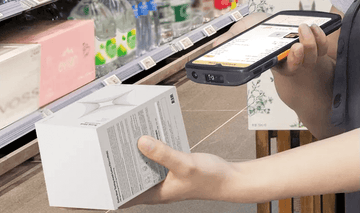


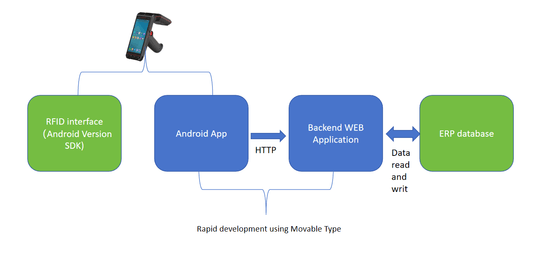
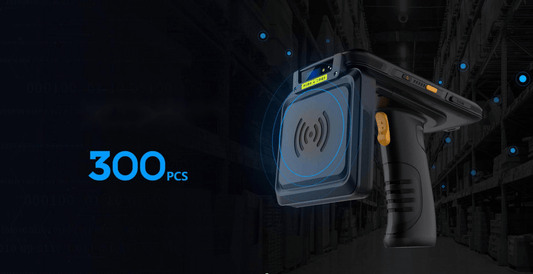
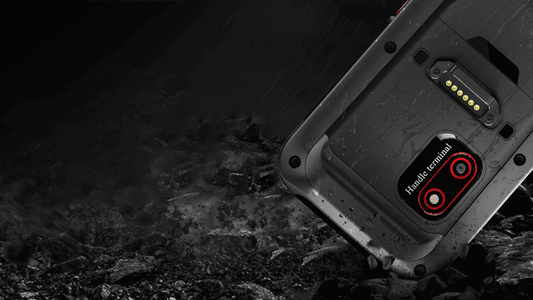


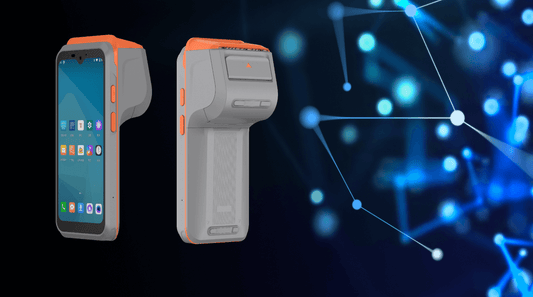
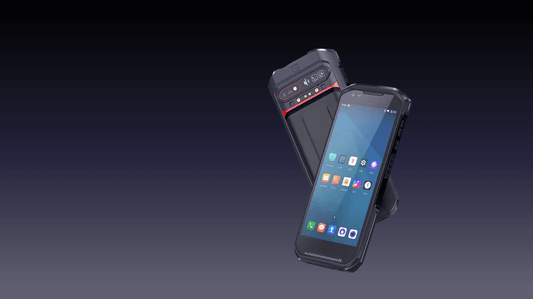
0 comments